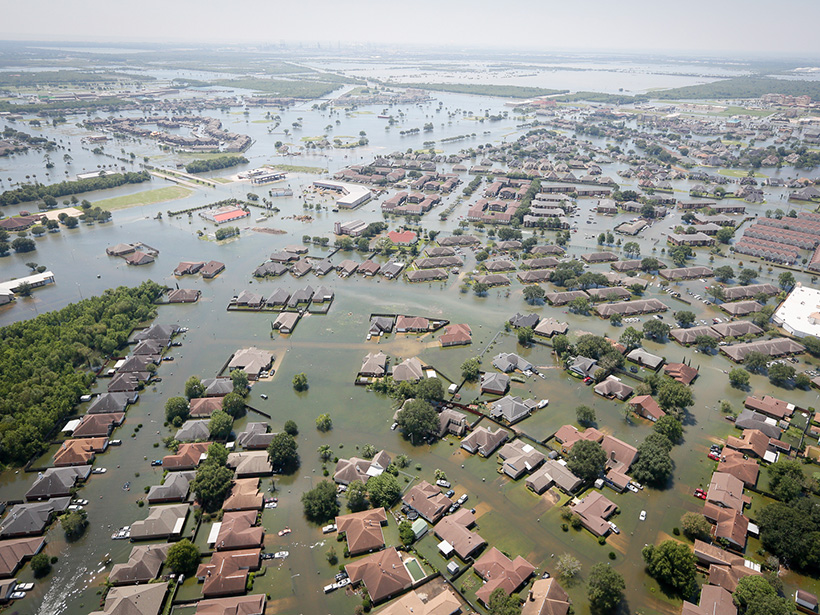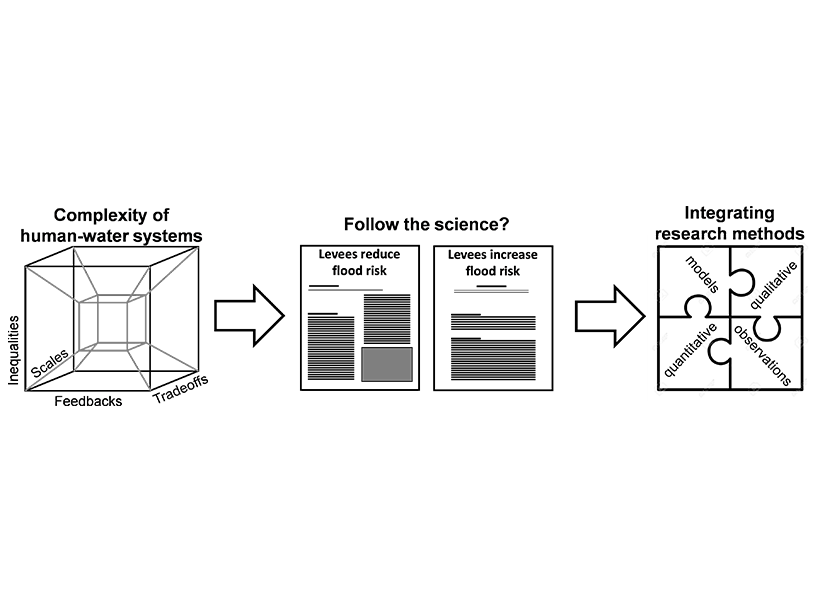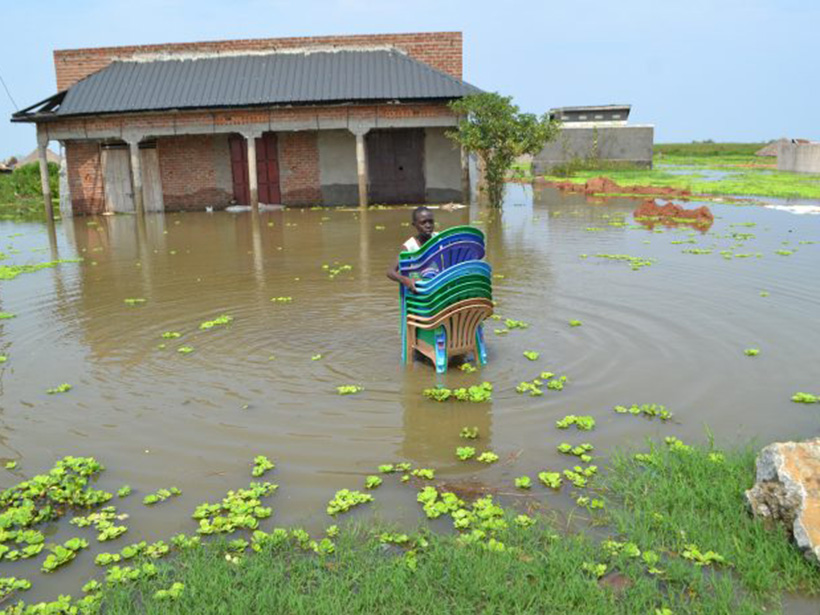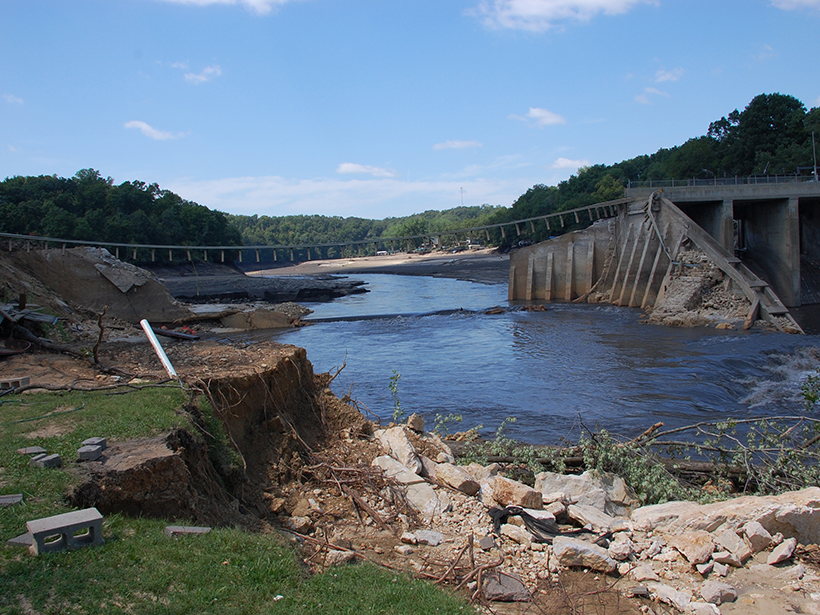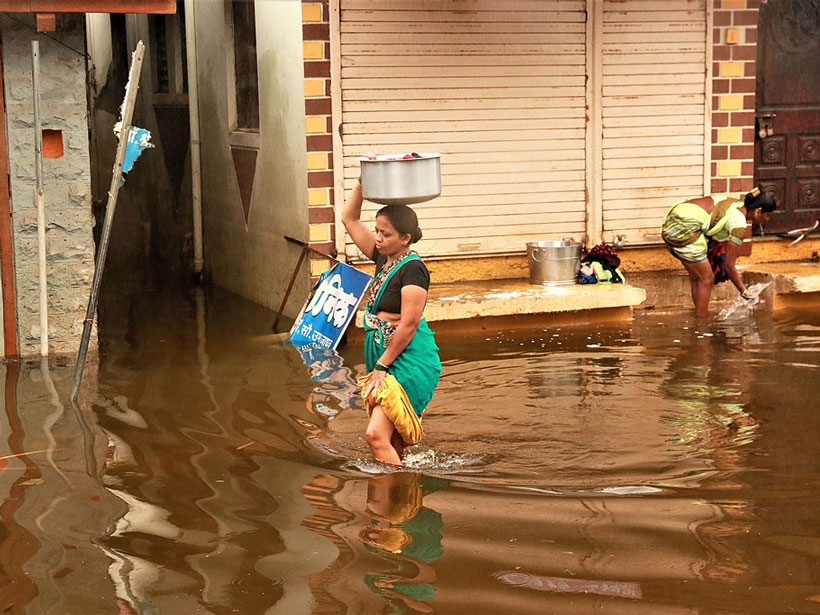As floods increase in frequency and intensity, chemicals buried in river sediments become “ticking time bombs” waiting to activate.
floods
Need for Rational Thinking for Predicting Floods and Droughts
To plan policies that manage flood and drought risk, is it sufficient to follow the science? The better path uses the best science, which draws insight from integrated multidisciplinary research.
Soil Saturation Dictates Africa’s Flood Severity
The most complete hydrological data set for the African continent reveals a surprise: Soil moisture, not heavy precipitation, best explains the timing of Africa’s most severe floods.
Better Subseasonal-to-Seasonal Forecasts for Water Management
Emerging methods that improve precipitation forecasting over weeks to months could support more informed resource management and increase lead times for responding to droughts and floods.
Indian Cities Prepare for Floods with Predictive Technology
The number and intensity of floods are increasing—they can inundate neighborhoods in Chennai in just 15 minutes. New models can pinpoint and help warn vulnerable areas hours or even days in advance.
Below Aging U.S. Dams, a Potential Toxic Calamity
Documents suggest that in more than 80 U.S. locations, the failure of an aging dam could flood a major toxic waste site.
Why Are Women More Vulnerable to Flooding in India?
One state in India shows how policies that give women access to better resources has a real impact on mortality.
Why Rivers Need Their Floodplains
Floodplain storage of water, nutrients, and sediment is critical to sustaining river ecosystems but has been reduced by human activities.
Development and Climate Change Contribute to a Himalayan Tragedy
Infrastructure projects like roads and dams destabilize slopes and compound the effects of glacial floods and avalanches, scientists say.
Coastal Flooding Enhances Methane Buildup in Forests
Increased seawater exposure from flooding and storms is altering how coastal forests cycle methane, leading to more greenhouse gas accumulation in tree stems and soil.

